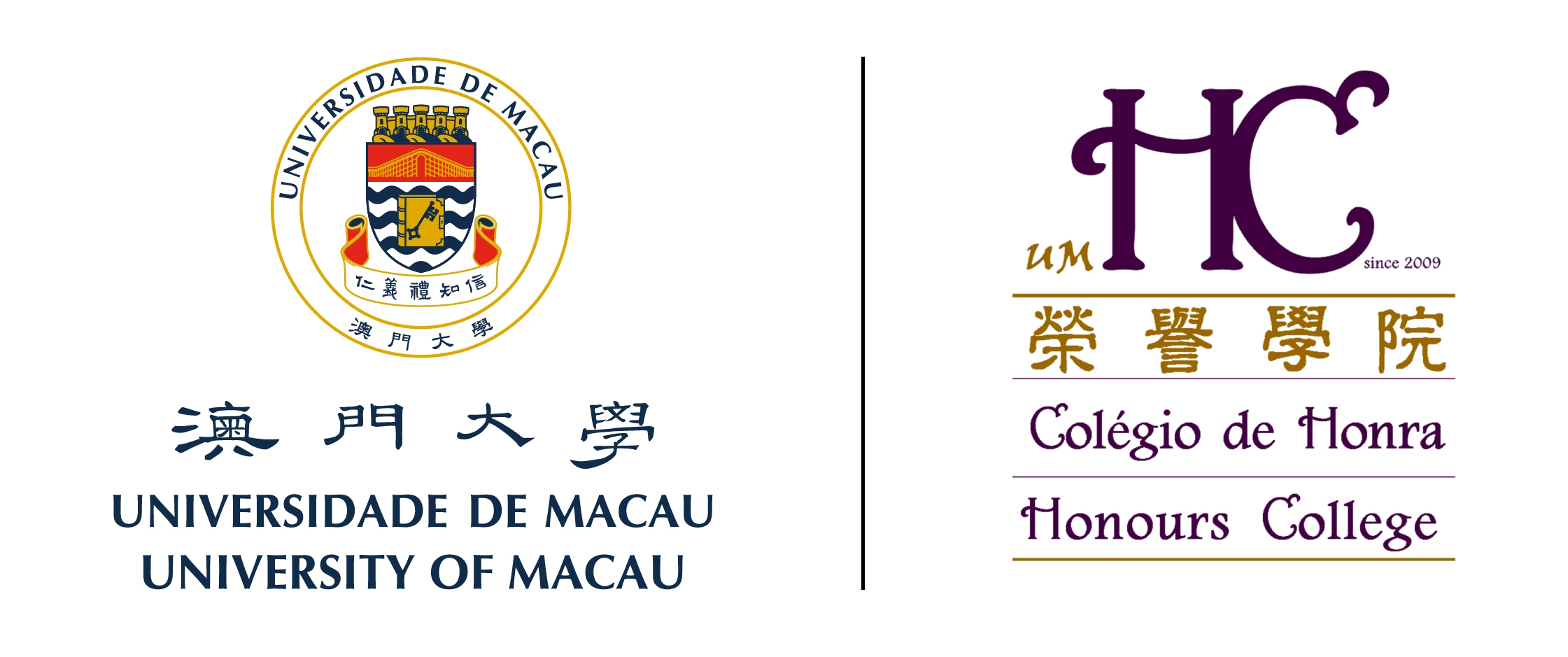Short description of project
Many historical buildings in the world were constructed by using bricks and those buildings were usually known as masonry structures. The brittle mechanical property of brick is usually the main factor causing the analysis of the failure very different from the modern building structures such as reinforced concrete structures and steel structures.
As those masonry structures were constructed before any standard regulation is available, the strength and load capacity of those masonry structures are usually affected by either past loading experience and environmental effects. For strengthening those structures, one of the advance method is to bond the mortar-based composites, which are usually called as Textile Reinforced Mortars (TRMs) or Fiber Reinforced Cementitious Matrices (FRCMs), externally on the masonry structures. The main function of the TRMs is to share part of the loading carried by the masonry structures. As a result, load capacity of the masonry structures can be increased and cracking of masonry structures can be prevented under service loading. Meanwhile, the failure mode of masonry structures is usually brittle and sudden, to ensure the load capacity as well as proper failure mode, selection of suitable combination of matrix and fiber materials becomes very critical. Failure mode and the load transfer mechanism from the masonry structures to the TRMs depend very much on the bond behaviors between TRM to brick and the local bond behavior of fiber to mortar. Therefore, the intent of the proposed project is to investigate the strengthening efficiency of externally bonded TRMs to masonry structures.
As those masonry structures were constructed before any standard regulation is available, the strength and load capacity of those masonry structures are usually affected by either past loading experience and environmental effects. For strengthening those structures, one of the advance method is to bond the mortar-based composites, which are usually called as Textile Reinforced Mortars (TRMs) or Fiber Reinforced Cementitious Matrices (FRCMs), externally on the masonry structures. The main function of the TRMs is to share part of the loading carried by the masonry structures. As a result, load capacity of the masonry structures can be increased and cracking of masonry structures can be prevented under service loading. Meanwhile, the failure mode of masonry structures is usually brittle and sudden, to ensure the load capacity as well as proper failure mode, selection of suitable combination of matrix and fiber materials becomes very critical. Failure mode and the load transfer mechanism from the masonry structures to the TRMs depend very much on the bond behaviors between TRM to brick and the local bond behavior of fiber to mortar. Therefore, the intent of the proposed project is to investigate the strengthening efficiency of externally bonded TRMs to masonry structures.
Information of Offered Internship
Level of Internship Hours per Month
Level 3 (60 hrs)
Commencement Month
August
Duration
3 Months
Internship requirements: i.e. work, practice and training
1. Students need to read some literatures about historical masonry structures.
2. Students need to use computer software or program to do some analysis.
2. Students need to use computer software or program to do some analysis.

